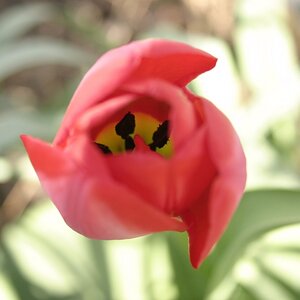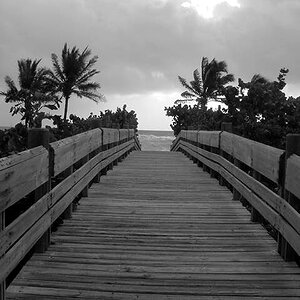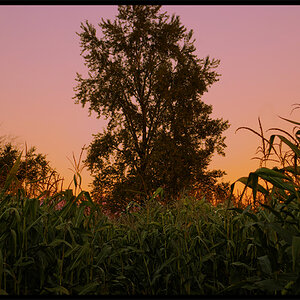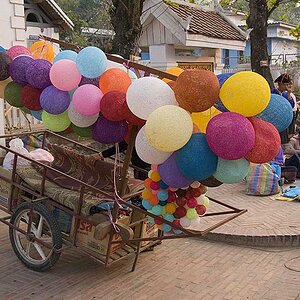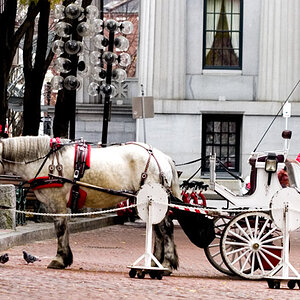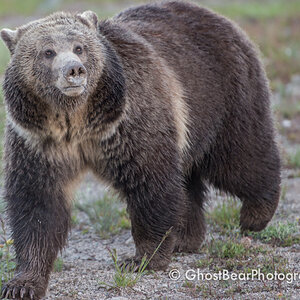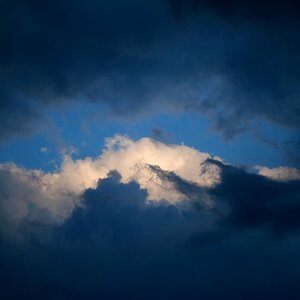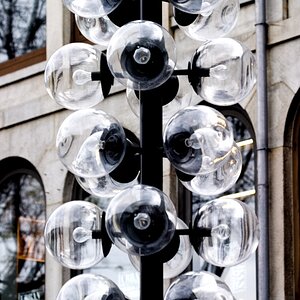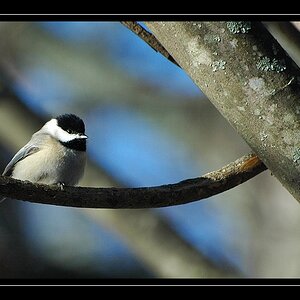Buszaj
TPF Noob!
- Joined
- May 23, 2007
- Messages
- 521
- Reaction score
- 0
- Location
- Toronto
- Can others edit my Photos
- Photos OK to edit
Hey everyone, I'm finally going to be getting an SLR soon. Just wondering, which actually lets in more light? f/2.8 on a P&S (Lumix series; same type/style camera as Canon S5/S3), or the Canon 70-200 f/4?
Thanks
Thanks


